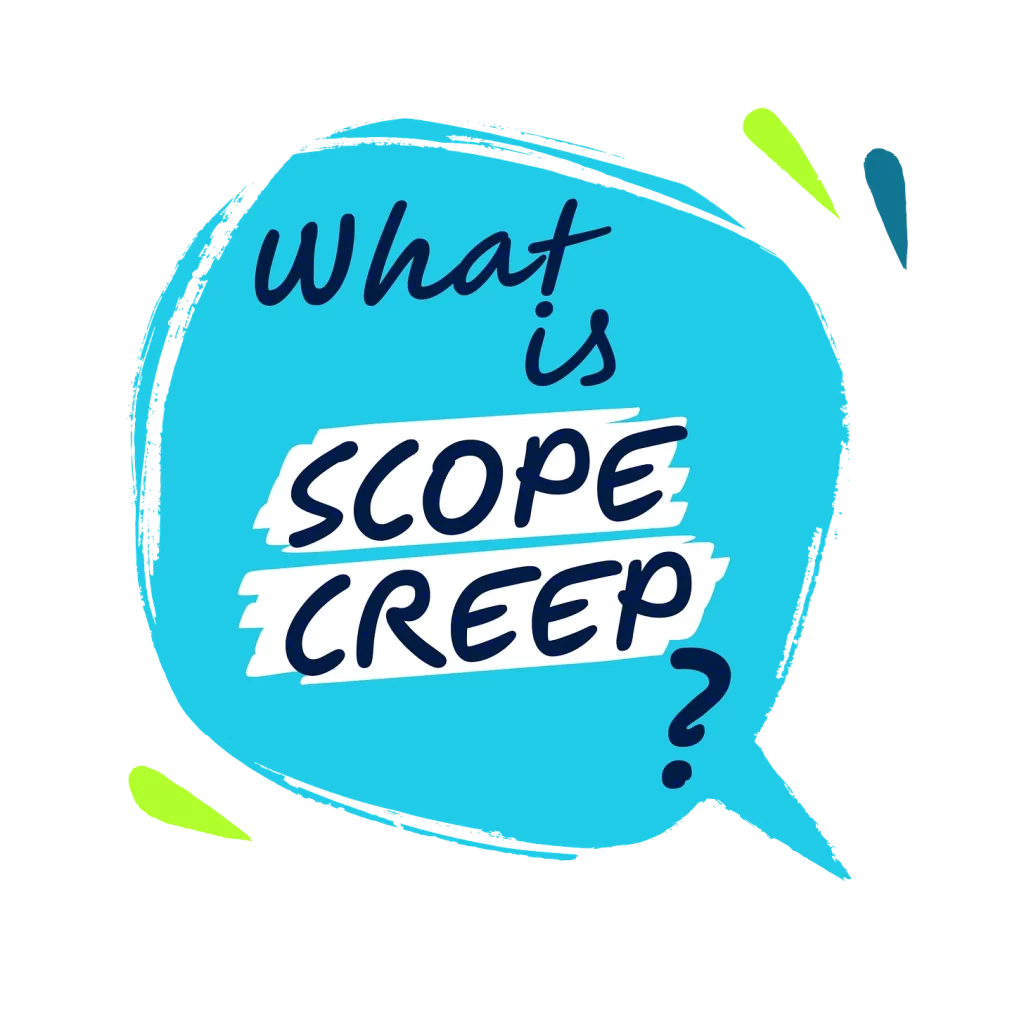When delivering a solution where the work expands without formal agreement or acknowledgment, we experience a scope creep, leading to a loss of focus and product and business objectives.
Respecting the boundaries of the product vision and business goals is crucial to maintaining the product’s integrity and ensuring its success.
It involves vigilant oversight, clear communication, and a commitment to the original goals. By keeping the focus sharp and resisting the temptation to constantly expand the work, it is possible to deliver outcomes that meet or exceed expectations.
1. Gradual Expansion:
The work boundaries can widen slowly, making a product more extensive and complex than initially planned, often needing a clear justification for the changes. While monitoring scope creep is essential, allowing flexibility within the product backlog is equally important. This balance ensures the team can adapt to unforeseen challenges or opportunities while maintaining its main objectives.
2. Loss of Focus:
As more elements are added to the product backlog, the product vision and goal can become less clear and lose priority. This shift in focus can detract the team from achieving the primary objectives and result in a final product that only partially meets the original intentions and business objectives.
3. Quality Compromise:
As the focus shifts away from the core objectives, the additional changes can make the final product more complex than necessary. This overcomplexity can increase the learning curve and difficulties in use or even introduce functionalities that the customer finds unnecessary, detracting from the expected overall customer experience.
4. Erosion of Satisfaction:
When expectations are unmet and the product’s value is questioned, it can undermine its success. When the scope changes without clear communication and agreement, it can cause potential conflicts, leading to dissatisfaction among the team, stakeholders, and customers.
5. Stakeholder Engagement:
Regular communication with stakeholders is vital to ensure their expectations are aligned with the product’s progress and direction. This engagement helps evaluate their requests for changes and additional work, ensuring they fully know the overall product vision and goal implications.
By addressing scope creep proactively and collaboratively, teams can deliver solutions and products with clear value that meet and exceed customer expectations, fostering trust and paving the way for successful and rewarding partnerships.


